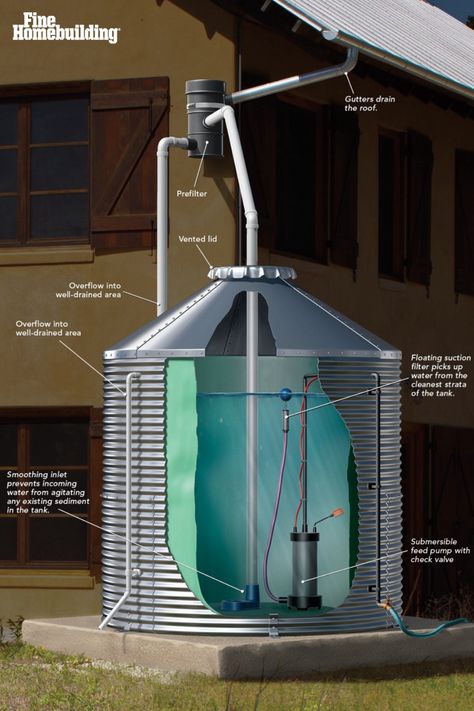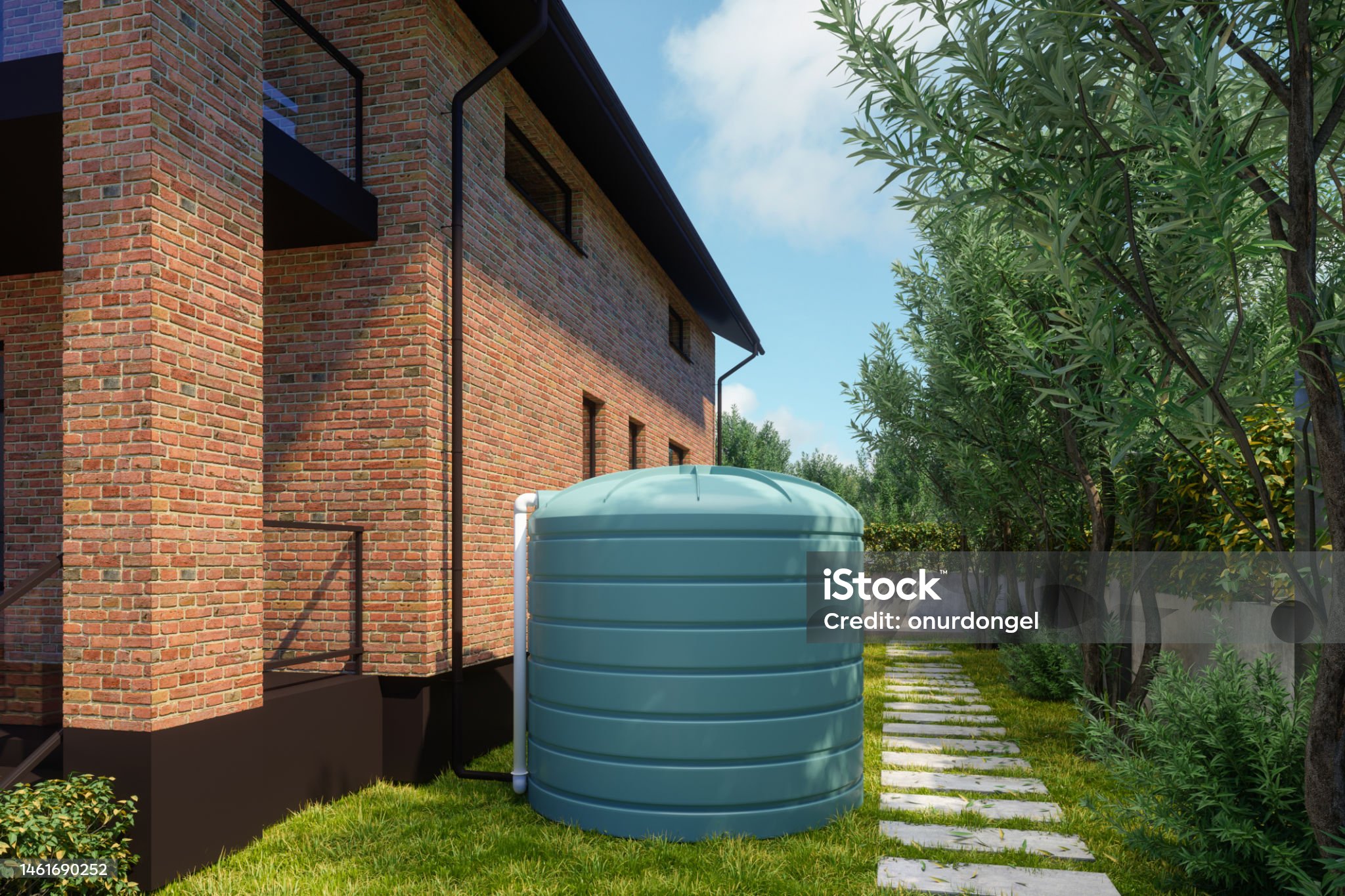How Elevated Water Tanks Use Gravity to Provide Water Pressure in Municipal Systems
Table of Contents
-
Introduction
-
How Elevated Water Tanks Work
-
Types of Elevated Water Tanks
-
Benefits of Elevated Water Tanks
-
Maintenance and Lifespan
-
Conclusion
Introduction
Elevated water tanks, commonly known as water towers, are essential for delivering reliable water to communities. These towering structures store water at a height, harnessing gravity to provide consistent water pressure to homes, businesses, and public facilities. In this blog post, we explore how elevated water tanks function, their various designs, their benefits, and the maintenance required to keep them operational. Whether you’re curious about urban infrastructure or involved in city planning, understanding elevated water tanks highlights the ingenuity of municipal water systems.

How Elevated Water Tanks Work
Elevated water tanks rely on the principle of hydrostatic pressure, where the height of stored water generates pressure through gravity. For every 10.2 centimeters (4 inches) of elevation, the pressure increases by approximately 1 kilopascal (kPa), or for every 2.31 feet, it increases by 1 pound per square inch (psi) (Water Tank Wikipedia). For example, a tank elevated to 20 meters (65.6 feet) can produce about 200 kPa (29 psi), sufficient for most domestic and industrial applications.
The tank’s height is carefully designed to maintain a minimum pressure, typically 20-30 psi for residential use, across the distribution network. This gravity-driven system reduces the need for large, energy-intensive pumps, as water flows naturally through pipes to reach end users. By storing water at elevation, these tanks ensure steady pressure even during peak demand or power outages, making them a reliable component of municipal water systems.

Types of Elevated Water Tanks
Municipalities choose from several types of elevated water tanks based on capacity, location, and budget. Here are the main designs:
|
Tank Type |
Description |
Key Features |
|---|---|---|
|
Composite Elevated Storage Tanks (CET) |
Steel tank on a concrete pedestal |
Durable, cost-effective, low maintenance due to non-painting concrete (Caldwell Tanks) |
|
Multi-Column Elevated Storage Tanks (LEG) |
Supported by multiple steel columns |
Customizable height/diameter, corrosion-resistant coating |
|
Pedesphere Elevated Storage Tanks (PED) |
Single pedestal with spherical tank |
High structural strength, reduced land footprint, ideal for taller structures |
|
Fluted Column Elevated Storage Tanks (FLC) |
Fluted column design |
Enhanced structural integrity, aesthetic appeal, high-quality materials |
Each type serves specific needs. For instance, composite tanks are popular for their low upkeep, while pedesphere tanks suit areas with limited space. The choice depends on factors like community water demand, geological conditions, and long-term maintenance costs (Snyder Associates).
Benefits of Elevated Water Tanks
Elevated water tanks provide multiple advantages for municipal water supply systems:
-
Consistent Water Pressure: Gravity ensures stable pressure, even during high-demand periods, delivering water reliably to all users.
-
Emergency Water Storage: Tanks hold a reserve of treated water, critical during power outages or natural disasters, typically supplying a day’s worth of water (HowStuffWorks).
-
Energy Efficiency: By relying on gravity, these tanks reduce the need for powerful pumps, lowering energy costs for municipalities.
-
Fire Protection: Stored water is readily available for firefighting, enabling rapid response to emergencies.
-
System Reliability: Tanks act as a buffer, allowing water treatment plants to operate steadily despite fluctuating demand (WaterWorld).
These benefits make elevated water tanks indispensable for communities, ensuring both daily convenience and emergency preparedness.
Maintenance and Lifespan
Regular maintenance is crucial to keep elevated water tanks functioning effectively. Industry standards, such as those set by the American Water Works Association (AWWA), recommend inspections every 3-5 years (Pittsburg Tank & Tower). Inspectors check the tank’s coating, components, fixtures, surfaces, and foundation for signs of wear, corrosion, or damage. Prompt repairs prevent issues like leaks, pressure loss, or water contamination.
Water quality testing is also essential to detect sediment buildup or contamination from damaged parts. With proper care, elevated water tanks can last several decades, offering a cost-effective solution for long-term water storage. Some providers, like Pittsburg Tank & Tower Group, offer low-maintenance options, such as glass-fused-to-steel tanks, to further reduce upkeep (Pittsburg Tank & Tower).
Conclusion
Elevated water tanks are a cornerstone of municipal water supply systems, using gravity to deliver consistent pressure and store water for daily and emergency needs. Their various designs, from composite to fluted column tanks, cater to diverse community requirements, while their benefits—reliable pressure, energy savings, and fire protection—enhance system efficiency. Regular maintenance ensures these tanks remain operational for decades, safeguarding water quality and supply. Elevated water tanks demonstrate how simple physics can address complex infrastructure challenges, ensuring communities have access to clean, pressurized water at all times.